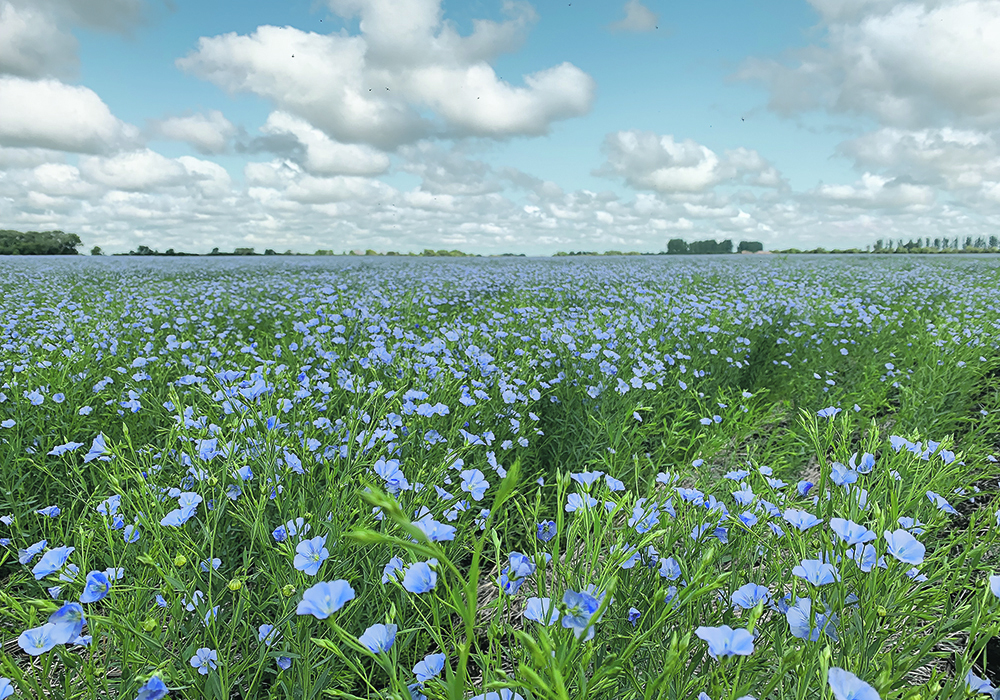I admit it, I suffer from crop envy. Every time I drive down a road during the growing season my head is on a swivel looking at the crops on both sides of the road. When I see one that looks nicer than mine, I wonder what that grower did that I didn’t.
The opposite is also true. Fields that are behind in development or with poorer germination or more weed issues tend to give me a sense of satisfaction. Maybe I’m not doing such a bad job after all.
Read Also

Proactive approach best bet with looming catastrophes
The Pan-Canadian Action Plan on African swine fever has been developed to avoid the worst case scenario — a total loss ofmarket access.
It’s also interesting to watch the progression. Every day the crop changes a little bit. Fields that start out with issues sometimes progress surprisingly well, particularly if moisture isn’t a severely limiting factor.
In reality, only so much can be learned by comparing your crops to the others you see both near and far. In experiments and research, the aim is to control all but a limited number of variables so that meaningful comparisons can be made. With field situations, numerous variables are interacting all at once. What’s worse, beyond your own fields, you have a limited knowledge of those variables.
What was the seeding date? Seeding depth? Type of opener? Seeding rate? Fertilizer use? Pre-seed residual herbicide? Choice of burn-off herbicides? Previous crop on that field? And what crop variety is it anyway?
You might know some of this on your neighbour’s fields and those are the most valuable lessons you might be able to take away from roadside comparisons. As you stray further from your home operation, any meaningful comparisons become difficult.
Soil types can and do change dramatically over just a few miles. So do rainfall patterns. If you’ve had two inches of rain since seeding and you travel to an area that’s had an extra inch, the crop difference could be dramatic.
Even on our own farms we can fall into the trap of coming to conclusions over unequal comparisons. Often a new crop variety or a new fertilizer supplement will be tried on one field to compare with adjacent fields.
It’s always good to try something in moderation before going whole hog, but realize the limitations of such comparisons. Were residual soil nutrient levels similar between the fields? Did they all get the same amount of rain during the growing season?
To have reliable data on new crop varieties, researchers need randomly replicated plots over many sites over several years. A new crop variety might be considered a shining star if it has an overall yield advantage of 10 or even five percent above the check variety.
But if you pick any one of the trial sites, the new variety might have a 20 percent yield advantage, no advantage at all or it may actually have a lower yield. On some sites, the data has to be discarded because there’s too much variability to draw reliable conclusions.
At the farm level, the best way to do comparisons is alternating strips in the same field and then using a weigh wagon at harvest. This can take a lot of time and effort, but it generates a better comparison than separate fields.
Unfortunately, something that shows promise one year might not generate the same results in the next growing season.
I can’t stop looking at crops and comparing them to mine as I drive down the road, but there’s a limit to how much useful information it provides.
Kevin Hursh is an agricultural journalist, consultant and farmer. He can be reached by e-mail at kevin@hursh.ca.


















